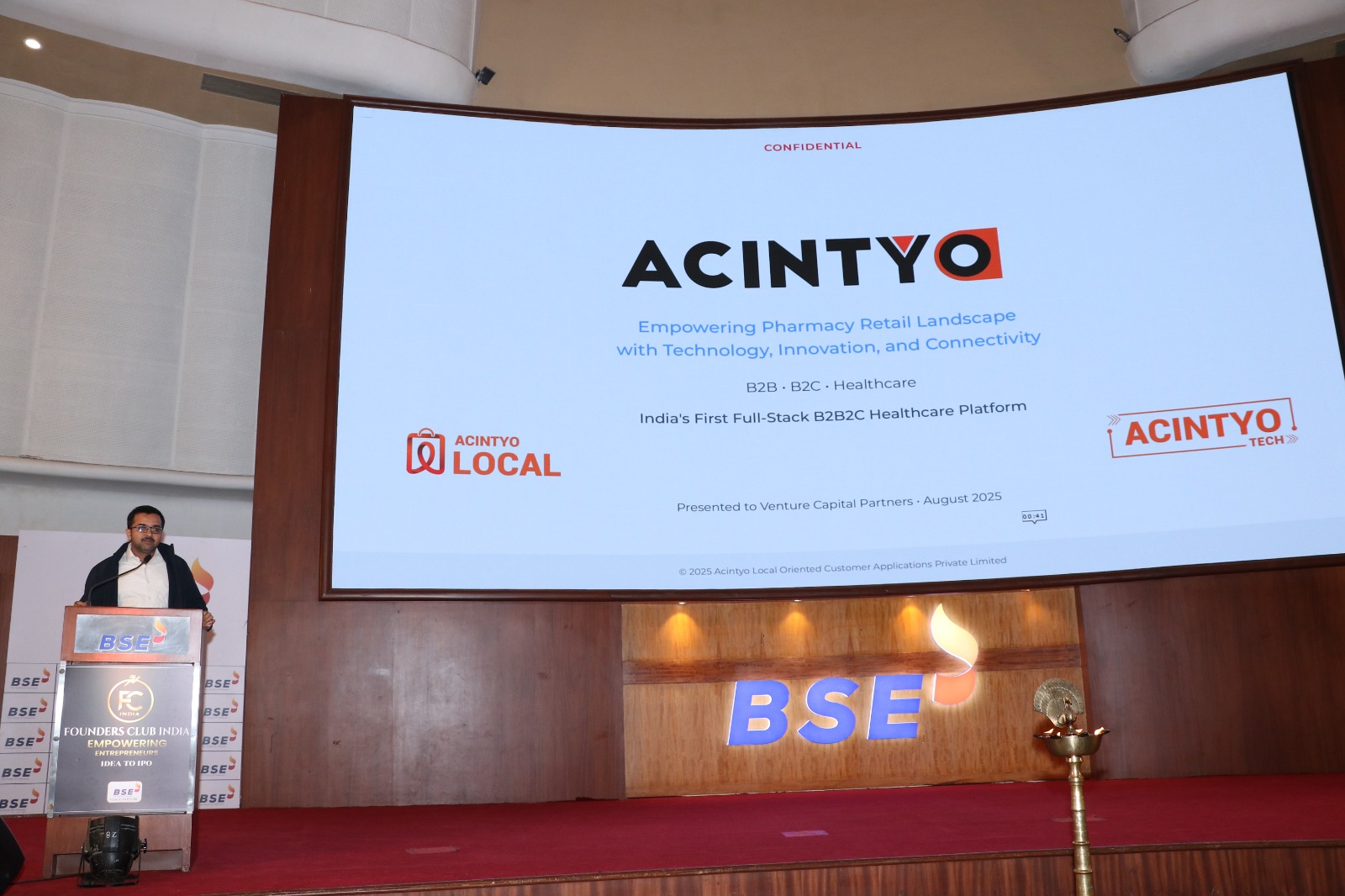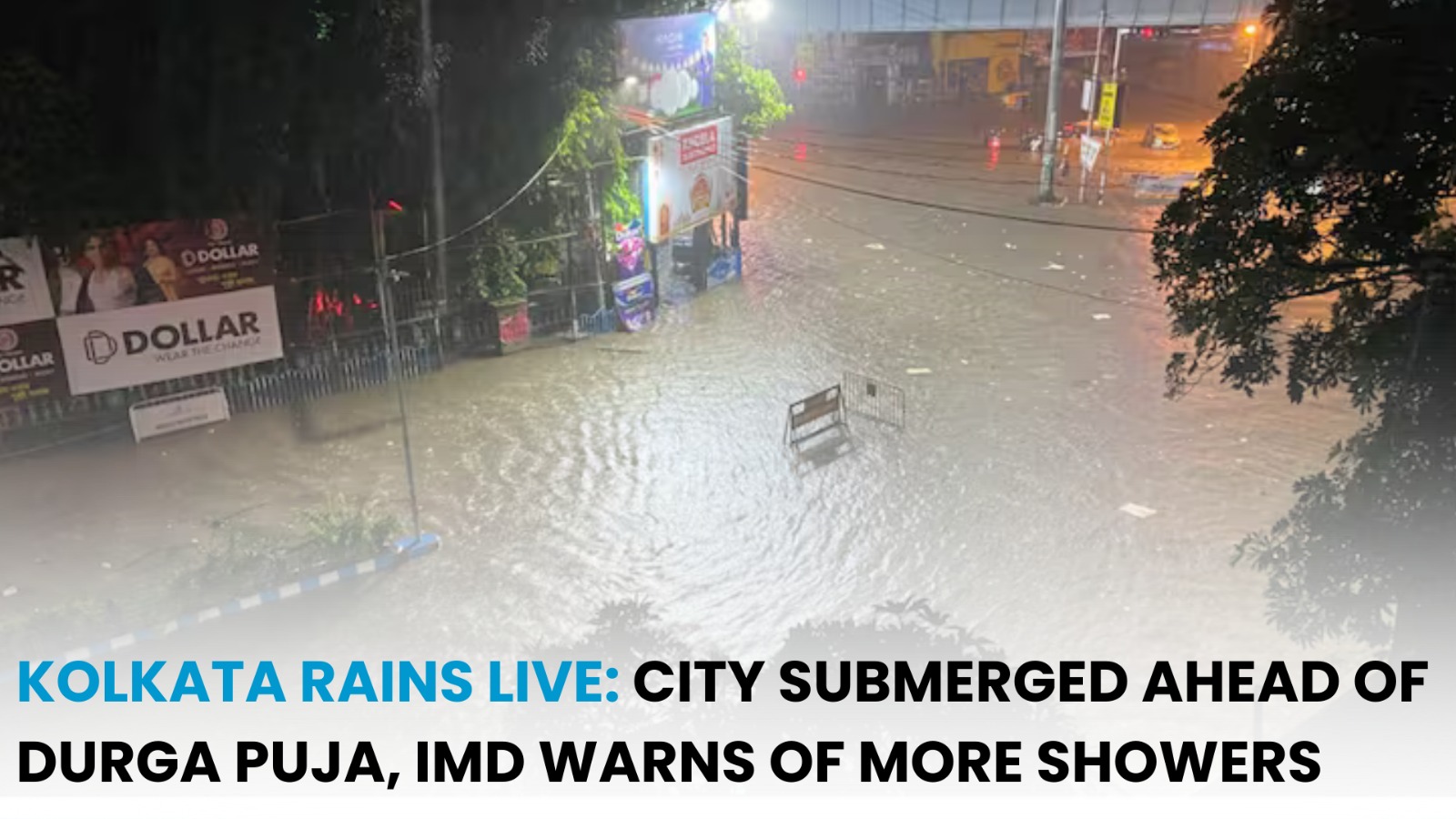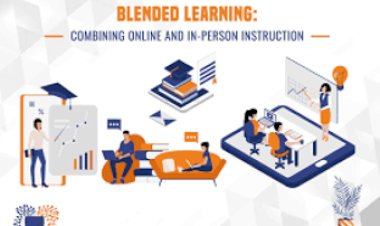The Metaverse: Beyond Virtual Reality
The concept of the metaverse has been stirring the imaginations of tech enthusiasts and futurists alike, promising a realm where the physical and digital worlds seamlessly intertwine. While often associated with virtual reality, the metaverse encompasses a broader vision of interconnected virtual spaces, social interactions, and economies. In this blog, we delve into the metaverse beyond virtual reality, exploring its potential, challenges, and implications for society.

Understanding the Metaverse:
The metaverse is a collective virtual shared space, created by the convergence of virtually enhanced physical reality and physically persistent virtual reality. Unlike traditional virtual reality experiences, which are confined to individual simulations, the metaverse is envisioned as a vast interconnected network of virtual environments, where users can interact, create, and transact.
Building Blocks of the Metaverse:
Several key technologies contribute to the development of the metaverse. Augmented reality (AR), virtual reality (VR), blockchain, artificial intelligence (AI), and spatial computing are among the foundational elements. AR overlays digital information onto the physical world, while VR immerses users in fully digital environments. Blockchain enables secure transactions and ownership within the metaverse, while AI enhances virtual experiences and interactions. Spatial computing integrates digital content with physical space, facilitating seamless interactions within the metaverse.
Social Dynamics in the Metaverse:
Central to the metaverse is its social dimension, where users interact with each other and digital entities in real-time. Social VR platforms and multiplayer online games provide early glimpses into these social dynamics, allowing users to communicate, collaborate, and form communities within virtual environments. As the metaverse evolves, social interactions are expected to become more immersive, diverse, and integral to virtual experiences.
Economic Opportunities and Challenges:
The metaverse presents vast economic opportunities, ranging from virtual commerce and entertainment to education and telecommuting. Digital assets, such as virtual real estate, artwork, and currencies, have already gained value within virtual economies. However, challenges such as digital ownership rights, privacy concerns, and economic inequalities must be addressed to ensure equitable participation and fair governance within the metaverse.
Cultural and Ethical Implications:
As the boundaries between the physical and virtual worlds blur, the metaverse raises profound cultural and ethical questions. Issues of identity, representation, and censorship become increasingly complex in a digital realm where users can alter their appearance and environment at will. Moreover, the metaverse may exacerbate existing social inequalities and disparities if not carefully managed, underscoring the importance of ethical design and inclusive practices.
Conclusion:
The metaverse holds immense promise as a transformative platform for social interaction, economic activity, and cultural expression. Beyond virtual reality, it represents a paradigm shift in how we perceive and engage with digital technologies. However, realizing the full potential of the metaverse requires addressing technical, social, and ethical challenges, while fostering collaboration and innovation across diverse stakeholders. As we embark on this journey into the metaverse, let us strive to build a future that is inclusive, equitable, and enriching for all.



































Comments (0)